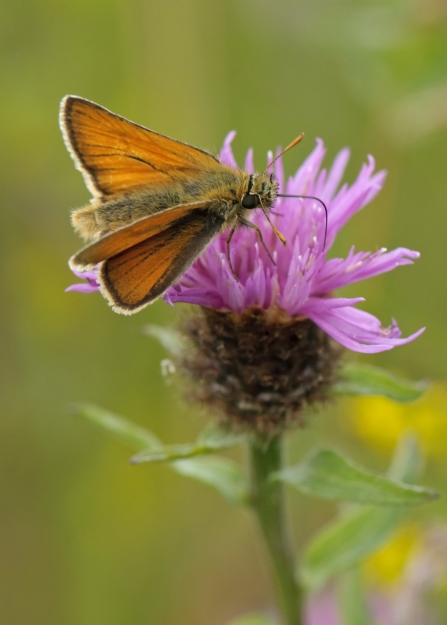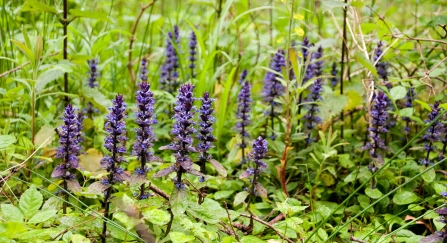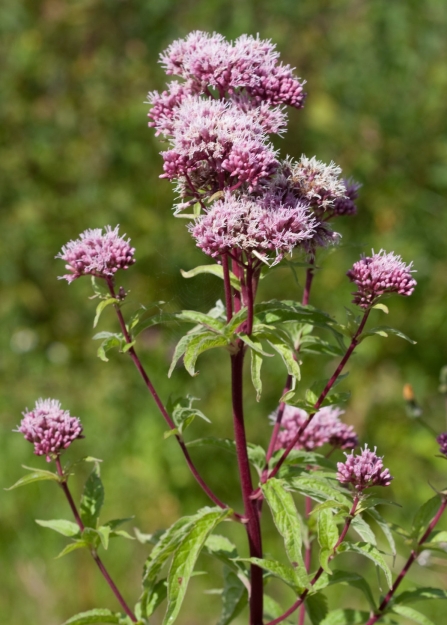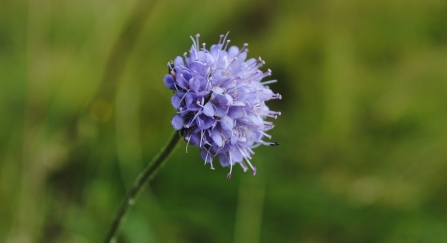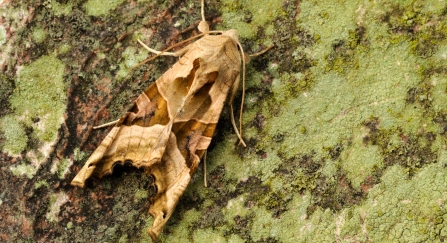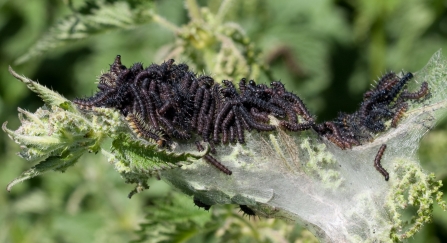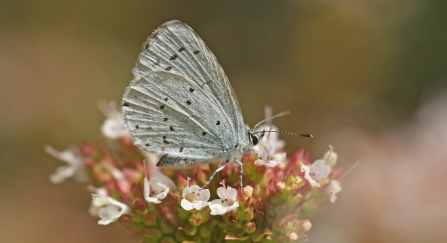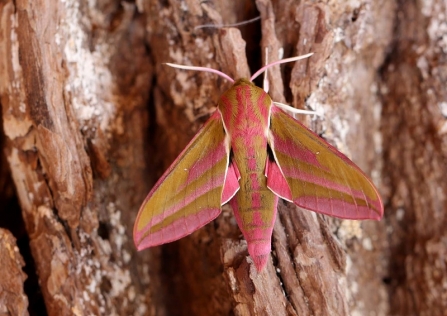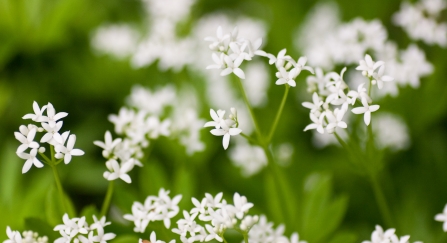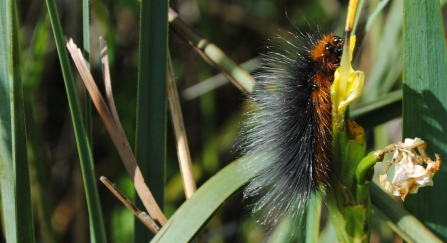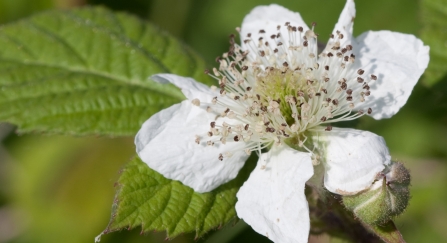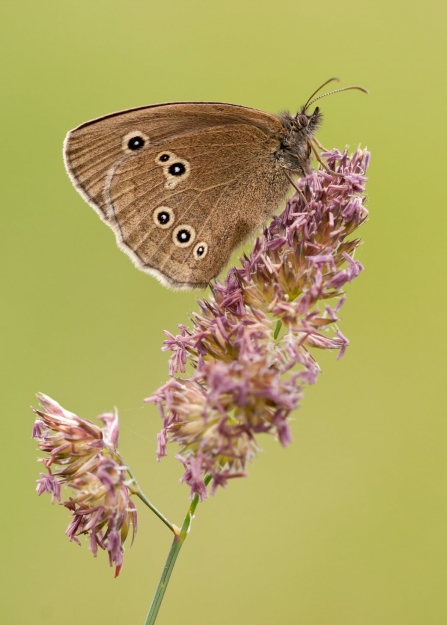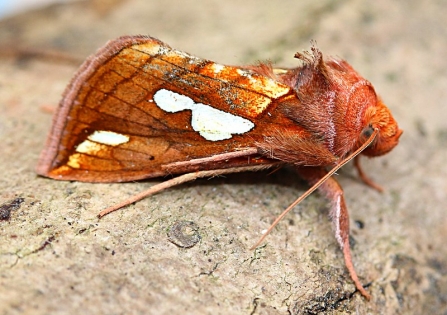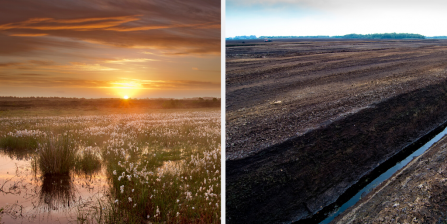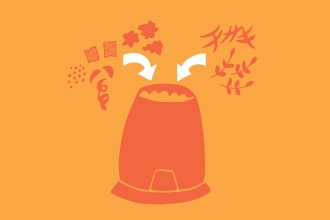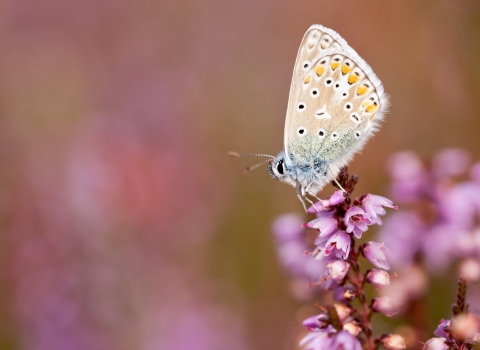Butterflies bring huge joy to gardens with their bright colours and eye-catching patterns, but sadly, they’re in steep decline across the country and really need our help. The story is much the same for moths. Often overlooked in favour of their day-flying cousins, moths can actually be just as bright, beautiful and important and are relying on us to help their numbers recover.
With 75 per cent of British butterflies now in decline, some moths falling by up to 99 per cent and the ability of these incredible insects to bring us immense joy, let’s take a look at how you can give them a helping hand, starting in your garden.


